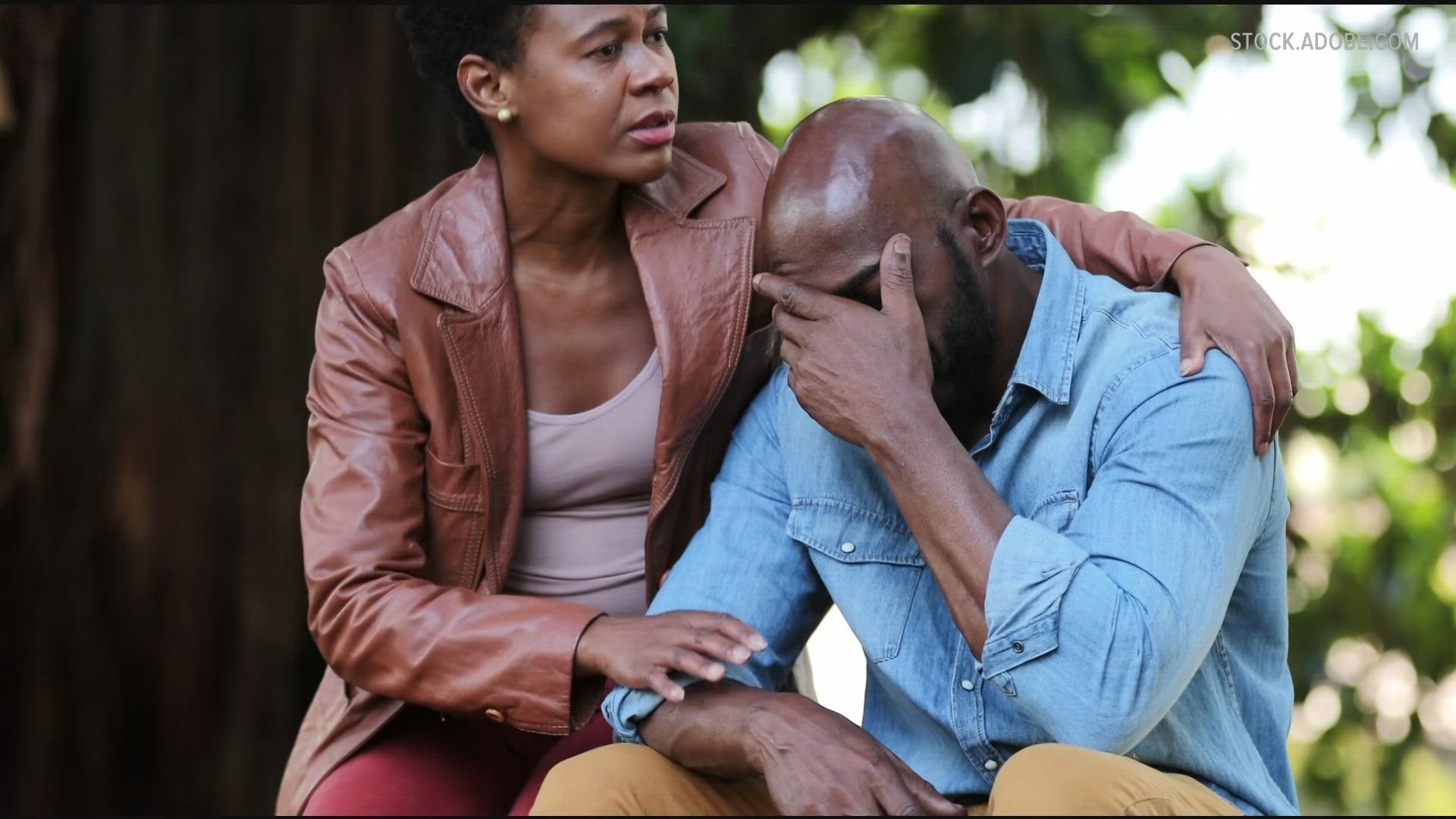ALBANY - Individuals on Medicaid receiving treatment for opioid-use disorders may have been prescribed additional opioids outside of their treatment, according to an audit by the state's comptroller's office.
The audit, released Monday, examined state Department of Health records between October 2013 to September 2017.
A total of 18,786, some 33 percent, of Medicaid recipients receiving methadone or buprenorphine treatment to combat opioid addiction received an additional 208,198 opioid prescriptions outside of their treatment.
The oversight was potentially lethal, according to the report.
"The state Department of Health should take steps to help treatment programs and health care providers work together to prevent overdoses that could lead to hospitalizations or death," said Thomas DiNapoli, the state's comptroller, in a statement.
The Department of Health pointed to the large volume of patients being treated in state-funded centers, over 40,000 patients, saying the number of troubled cases is limited, according to Health Department.
"Given the volume of individuals served, it is reassuring to know OSC identified relatively few concerns in a such a sizeable system that has saved countless New Yorkers," the agency said in a statement.
DATABASE: Opioid deaths by county in New York
The report raises questions at a time when the nation, including New York, is grappling with a decades long opioid epidemic that has left thousands dead in its wake.
Opioid related overdoses in New York increased 83 percent between 2010 and 2015, when 1,382 opioid related deaths were reported.
What went wrong
New York monitors opioid prescriptions through an online database, the Internet System for Tracking Over-Prescribing, or I-STOP.
The system was implemented in 2013 as a way to increase patient care and to crackdown on unnecessary and illegal opioid prescriptions, according to the attorney general's office.
Prescribers are required to consult the database before writing prescriptions for any Schedule II, III and IV controlled substances.
Opioid treatment centers, however, are not required to disclose a patient's medication on I-STOP, according to the audit, but should check the directory for a patients opioid use.
That didn't always happen.
A review of 25 patient medical records and Medicaid data from three patient programs found that I-STOP was consulted for only 18 patients.
The 25 individuals received a combined 1,065 opioid prescriptions during their nearly three-and-a-half years in opioid use treatment, according to the audit.
Treatment centers during the time were aware of 566, just over half, of the additional prescriptions.
"These 25 patients were not randomly selected, but were chosen specifically because 'they had a high number of opioid prescriptions during (their) site visit,'" DOH said in a statement, which labelled the study as "misleading."
Other Issues
Though not required, treatment centers can upload information to I-STOP with a patient's consent.
Doing so would help avoid potentially dangerous or lethal drug combinations, according to the audit.
Just 13 of the 25 patients whose records were examined were asked at least once to sign a consent form allowing the coordination of care between their opioid prescriber.
Three of 13 patients declined to provide consent, according to the report.
Just 85 of the 1,065 prescriptions received coordination consent, and coordination took place in only 59 instances.
In one instance, an individual was found to have received 49 prescriptions for hydrocodone, oxycodone, oxymorphone, or methadone while also receiving medication-assistance from a treatment center.
The center was unaware of the additional prescriptions, according to the audit.
Recommendations
DiNapoli's office issued several recommendations to the Department of Health moving forward.
Among them: developing a report to notify treatment centers when I-STOP indicates when patients are receiving potentially dangerous prescriptions and ensuring treatment centers are aware a patients information can be uploaded to I-STOP.
The comptroller's office also recommended the health department remind opioid treatment providers the importance of coordinating care with other prescribers outside the programs.
"The Department takes seriously its obligation to prevent inappropriate dispensing of opioid medications and is reviewing alternatives to strengthen existing requirements and procedures," DOH said.



